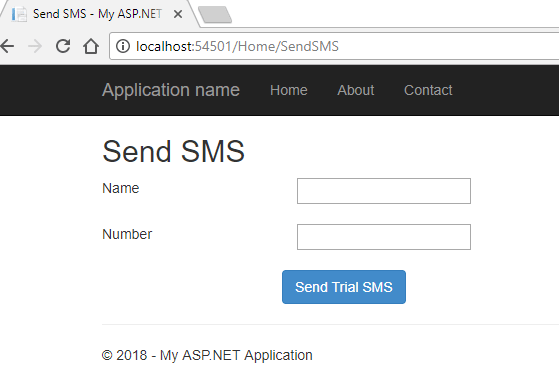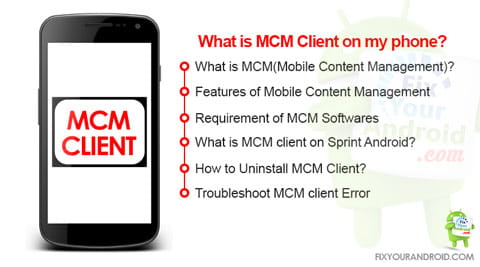

#TWILIO SEND SMS MCC MNC PASSWORD#
As a second step, the user must click a subscription button, and, in some cases, receive a one-time password (OTP) that has to be sent back to the service provider to verify the subscription. The subscription process starts with the customer initiating a session with the service provider over a cellular network and navigating to the website that provides the paid service. WAP billing is a payment mechanism that enables consumers to subscribe to paid content from sites that support this protocol and get charged directly through their mobile phone bill. The commonly used type of billing in toll fraud is Wireless Application Protocol (WAP). To understand toll fraud malware, we need to know more about the billing mechanism that attackers use.
#TWILIO SEND SMS MCC MNC CODE#
Using dynamic code loading for cloaking.Fetching premium service offers and initiating subscriptions.Fraudulent subscriptions via toll fraud.
#TWILIO SEND SMS MCC MNC ANDROID#
Our goal for this blog post is to share an in-depth analysis on how this malware operates, how analysts can better identify such threats, and how Android security can be improved to mitigate toll fraud. Despite this attention, there’s not a lot of published material about how this type of malware carries out its fraudulent activities. Toll fraud has drawn media attention since Joker, its first major malware family, found its way to the Google Play Store back in 2017. We also see adjustments in Android API restrictions and Google Play Store publishing policy that can help mitigate this threat. Despite this evasion technique, we’ve identified characteristics that can be used to filter and detect this threat. It then suppresses SMS notifications related to the subscription to prevent the user from becoming aware of the fraudulent transaction and unsubscribing from the service.Īnother unique behavior of toll fraud malware is its use of dynamic code loading, which makes it difficult for mobile security solutions to detect threats through static analysis, since parts of the code are downloaded onto the device in certain parts of the attack flow. Once the connection to a target network is confirmed, it stealthily initiates a fraudulent subscription and confirms it without the user’s consent, in some cases even intercepting the one-time password (OTP) to do so.

It also, by default, uses cellular connection for its activities and forces devices to connect to the mobile network even if a Wi-Fi connection is available. It performs its routines only if the device is subscribed to any of its target network operators.

Whereas SMS fraud or call fraud use a simple attack flow to send messages or calls to a premium number, toll fraud has a complex multi-step attack flow that malware developers continue to improve.įor example, we saw new capabilities related to how this threat targets users of specific network operators. Toll fraud malware, a subcategory of billing fraud in which malicious applications subscribe users to premium services without their knowledge or consent, is one of the most prevalent types of Android malware – and it continues to evolve.Ĭompared to other subcategories of billing fraud, which include SMS fraud and call fraud, toll fraud has unique behaviors.



 0 kommentar(er)
0 kommentar(er)
